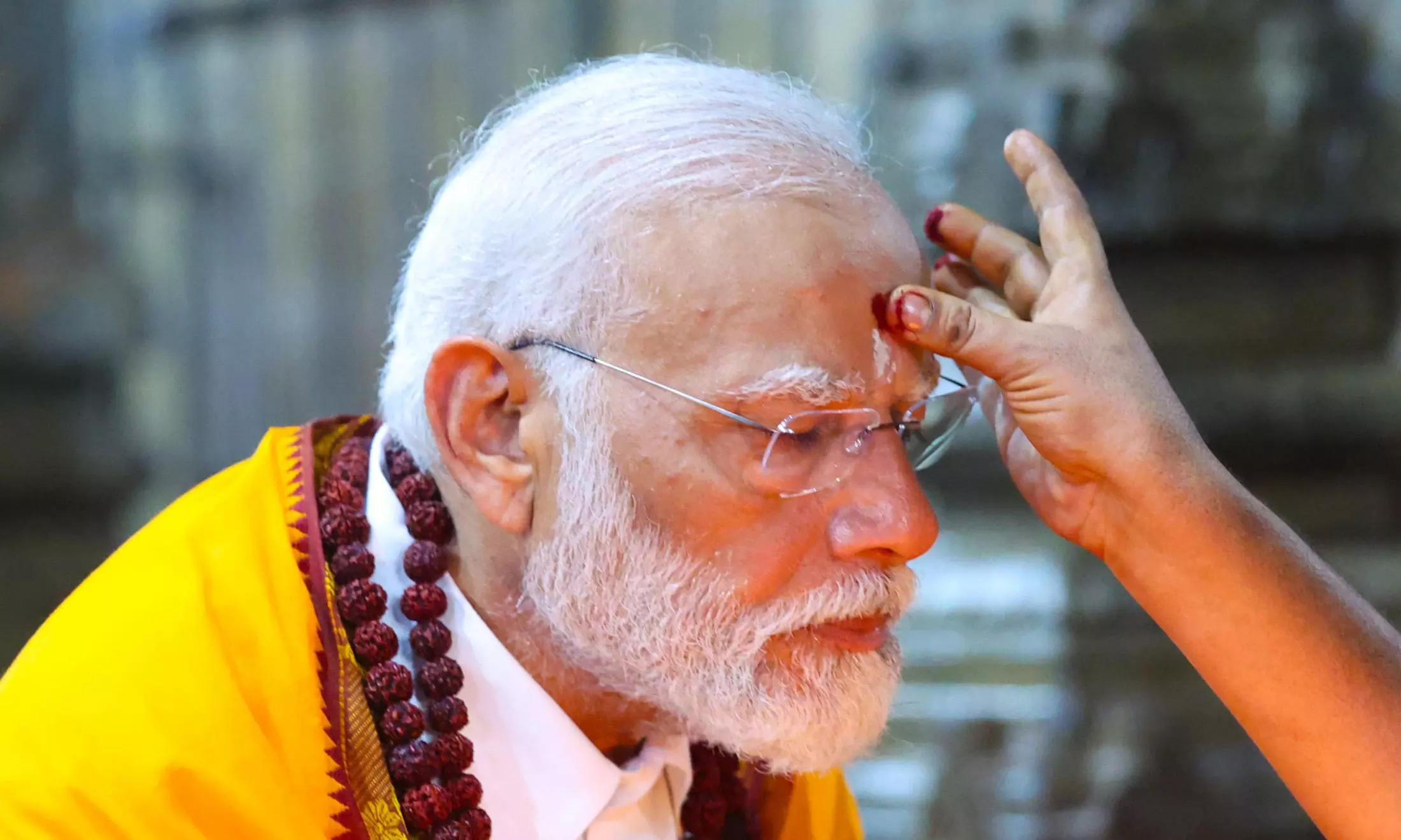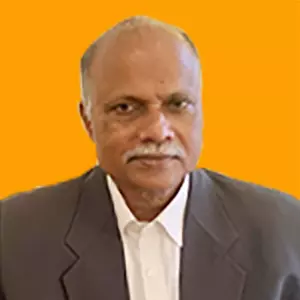
- Home
- India
- World
- Premium
- THE FEDERAL SPECIAL
- Analysis
- States
- Perspective
- Videos
- Sports
- Education
- Entertainment
- Elections
- Features
- Health
- Business
- Series
- In memoriam: Sheikh Mujibur Rahman
- Bishnoi's Men
- NEET TANGLE
- Economy Series
- Earth Day
- Kashmir’s Frozen Turbulence
- India@75
- The legend of Ramjanmabhoomi
- Liberalisation@30
- How to tame a dragon
- Celebrating biodiversity
- Farm Matters
- 50 days of solitude
- Bringing Migrants Home
- Budget 2020
- Jharkhand Votes
- The Federal Investigates
- The Federal Impact
- Vanishing Sand
- Gandhi @ 150
- Andhra Today
- Field report
- Operation Gulmarg
- Pandemic @1 Mn in India
- The Federal Year-End
- The Zero Year
- Science
- Brand studio
- Newsletter
- Elections 2024
- Events
- Home
- IndiaIndia
- World
- Analysis
- StatesStates
- PerspectivePerspective
- VideosVideos
- Sports
- Education
- Entertainment
- ElectionsElections
- Features
- Health
- BusinessBusiness
- Premium
- Loading...
Premium - Events

Electoral harvest from Ayodhya consecration is likely to be far more underwhelming than either supporters or opponents of Mandir movement assume it to be
The consecration of the Ram Temple is over. Its political fallout is significant but its electoral harvest is likely to be far more underwhelming than either supporters or opponents of the Mandir movement assume it to be.
It changes little at a material level, apart from smashing the façade of democracy, behind which the Indian polity has, for decades since the death of Jawaharlal Nehru, steadily retreated from the goals and ideals of multidimensional emancipation that had been bequeathed by the freedom movement and stand codified as the Constitution.
To build ademocracy
With steeply unequal distribution of social and political power among different social groups and political actors focused more on power and less on social and political change, Independent India’s polity has inherently been authoritarian rather than democratic.
The consecration of the temple at Ayodhya makes it absolutely clear that the challenge in India is to build democracy from the ground up, rather than regime change. In fact, regime change would be difficult, without commitment to an agenda of building democracy.
To build democracy in India would be far more revolutionary than have been historical attempts at building socialism, which have had a habit of collapsing into totalitarian pyres for the human spirit, but still retain their appeal, thanks to their call to equality and freedom.
The hierarchy
Those presiding over the consecration were figures of temporal power, not spiritual authority. The first among the unequals was, of course, the Prime Minister, who is the head of a supposedly secular state. The second was the leader of the Rashtriya Swayamsevak Sangh (RSS), the leading outfit of the political movement that has been trying, since its inception in 1925, with relentless dedication, to replace India’s probably unique tradition of recognising no deviance in alternate forms of spiritual pursuit, and the capacity flowing from this tradition to normalise multicultural coexistence, with a narrow, European sense of nationalism built around homogeneous identities of religion, language and culture.
The proclamation of Ram Rajya represents, therefore, deepening of India’s subordination to colonial ideology, and forsaking of its own cultural genius, while passing it off as decolonisation.
A CM and a Governor
The third officiating functionary was the Chief Minister of Uttar Pradesh, the state in which Ayodhya is located, a leader of political Hindutva in his own right. The fourth presiding figure was the Governor of the state.
Of course, there were people with ritual training around to tell the political figures how to go about consecrating the idol installed in the temple.
In cultures where the ruler claims to be a god-king, it is not particularly incongruous for priests to play second fiddle to the ruler in matters of religion. Elsewhere, such subordination does erode the authority of the priestly class. And that, probably, is a good thing.
Hindu nationalism
The temple construction is incomplete. Shankaracharyas, Hindu religious heads, to the extent the Hindu religion has heads, kept away.
Anyone can see that consecration of a temple, whose construction is still underway, by figures associated with temporal power rather than spiritual authority, is a political act, rather than fulfilment of piety.
And the timing, clearly, has to do with the general elections that have to be completed by May 2024. Prime Minister Narendra Modi, in his address, asked for humility in victory and the channelling of triumphant energy into nation-building: from Dev to Desh and from Ram to Rashtra.
The mixing of the political with the religious is stark, in public and unapologetic. The religion, with which state authority is mixed, is Hinduism. A threshold has been crossed in the journey to embrace Hindu nationalism as the official national creed. The proponents of Hindu Rashtra have much to be happy about.
More support?
But will the temple inauguration galvanise a torrent of additional support for the Prime Minister and his party? How does this gel with fervent celebration around the country and on social media, following the consecration? Focus on additional support.
Those who had been chafing at the continued existence of a mosque at the supposed birthplace of a venerated Hindu god were already mobilised and converted into political supporters of those who led the movement to demolish the mosque.
The demolition of the offending structure addressed their essential angst. The coming up of the temple in the place where the mosque once stood turns content into good cheer. Those who cheered are large enough to make their celebration seem universal.
But, the deepening of the conversion of the converted does not yield a whole lot of additional votes.
The Prime Minister seems well aware of this — otherwise, why harp on Viksit Bharat, welfare schemes, and such matters mundane?
Dissimilar fervour
It is perfectly understandable that those who were braced by the demolition of the mosque in 1992, and perhaps a few others like them, feel dizzied ecstasy at the temple having come up at the site of the demolition. Why should others feel the same fervour at the development?
It is not as if anyone in the country lacks a deity or place of worship on which to focus their spiritual pangs, and that a temple to Ram offers universal elation — to those who still consider Ravan an appropriate name for their progeny or those clubbed with Shambuka, the Shudra, whom Ram had killed for the crime of disturbing the universe with his illegitimate attempt to imitate the Brahmin and do tapasya.
New clothes
Many claim the cultural freedom to be authentically Hindu, without feeling awkward as, allegedly, in the secular era prior to Modi’s election as Prime Minister, appeals to the majority of Hindus, and point to widespread celebrations of the temple consecration as proof.
This has an element of the Emperor’s New Clothes to it. Since everyone you meet seems to think the Emperor’s New Clothes are a delight, you would be a fool to say otherwise.
But there is a problem with being Hindu and proud when you belong to a subaltern group, whom most proud Hindus would bar from their dining table or groom-wanted ads.
Proud Hindus?
It is difficult to feel proud and Hindu when rural wages have been declining in real terms for the last five years, in contrast to the robust rise of inflation-adjusted rural wages for six consecutive years leading up to 2013-14.
It is difficult to feel Hindu and proud shortly after being peed on by a member of the proud Hindu brigade, who opened his sphincter merely to assert his social superiority over you. Your Hindu solidarity comes up hard against the structural rigidity of the caste system that prohibits certain groups from even watching a garba dance performance or converts into a cardinal sin a youth’s desire to ride a horse at the head of his wedding procession, a sin punishable by physical violence.
Valmikis have been wooed by the Sangh Parivar as bearers of the lineage of the author of the Ramayana. But when a Valmiki girl is raped and her body is burnt, under the supervision of the district administration, against her family’s will, to evidence-proof cinder, as happened in Hathras in Uttar Pradesh, it is difficult for this group to feel proud and Hindu.
Caste reality
True, the BJP has been trying to get around the divisive potential of caste by means of horizontal mobilisation within castes — celebrating their folk heroes, accommodating some individuals of the community in token positions of power. However, this strategy has worked only because there has been no one to call them out on their inability to champion the vertical mobility of castes, a task impossible without the abolition of caste itself.
No political party has a credible agenda of annihilating caste. Everyone is scared to rock the boat. The Muslim should be left to wallow in his anti-women and anti-democratic tradition, dressed up as religious practice, so long as his votes are secure.
It is okay to mention caste in polite company, so long as the subject is Census or empowerment. Eradication of caste is untouchable, as it would entail challenging religious status quo as well.
The time for such pussyfooting is over. The fight for democracy, the fight for eradication of caste and the fight for socio-economic uplift of all Indians, and therefore, of national advance, all converge. The temple at Ayodhya has the merit of making this amply clear.
(The Federal seeks to present views and opinions from all sides of the spectrum. The information, ideas or opinions in the articles are of the author and do not necessarily reflect the views of The Federal.)

